Gordon Murray Automotive, which is set to unveil its new T50 hypercar in May, has released a video that shows a three-cylinder test version of the hypercar's V12 motor revving to 12,100rpm.
Developed by British engineering firm Cosworth, the normally aspirated 3.9-litre V12 produces around 650bhp and 332lb ft. Its 12,400rpm 'hard limit' makes it the highest revving road car engine ever built. For reference, the Aston Martin Valkyrie's V12 motor, also developed by Cosworth, tops out at 10,500rpm.
UPDATED: The 650bhp T50 has now been fully revealed
The £2.3 million ‘analogue’ hypercar, to be built at Murray’s new Dunsfold factory, will move immediately after launch into a prototype build and development phase, before production build-up begins during 2021.
Gordon Murray Automotive reveals the website for the new ‘T.50’: the purest, lightest, most driver-focused supercar ever - https://t.co/8s8KYDV0TH“We expect this to be the last and the greatest analogue supercar ever built.” – Gordon Murray CBE#FanCar #T50 #Supercar pic.twitter.com/pRq5NE9xd6
— Gordon Murray Design (@PlanetGMD) March 23, 2020
The first of the planned 125 cars – 100 road cars and 25 purely for the track – will reach its new owner at the beginning of 2022 and production will continue for a year.
The mid-engined T50’s all-important aerodynamics package is being developed with the assistance of the Silverstone-based Racing Point Formula 1 team, formerly Force India. Access to the team’s moving-floor wind tunnel, plus the expertise of its F1-trained technicians, will allow Murray to use large-scale models to refine the T50’s revolutionary active aero package.
A three-seater with a central driving position, the car combines the unique qualities of Murray’s two most iconic creations in a stellar 50-year, 50-car career: the seminal, ultra-light McLaren F1 three-seat supercar of 1992 and the Brabham BT46B grand prix ‘fan car’ of 1978, whose extraordinary levels of downforce briefly stood F1 on its head and took one race win before the team withdrew it in the face of opposition from rivals.
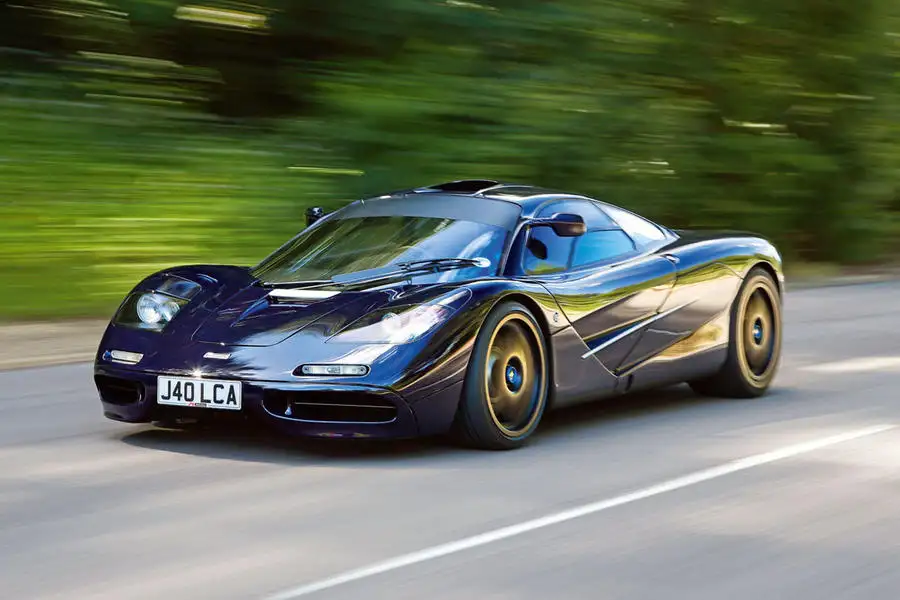
The new T50’s most striking feature is a 400mm rear-mounted electric fan, designed to extract air rapidly from beneath the car, radically increasing downforce and grip. The aero set-up can be configured in six different modes, two of them automatic, the rest driver selectable. They vary from the super-slippery Streamline mode to the High Downforce setting, for use when exceptional stability and traction are needed.


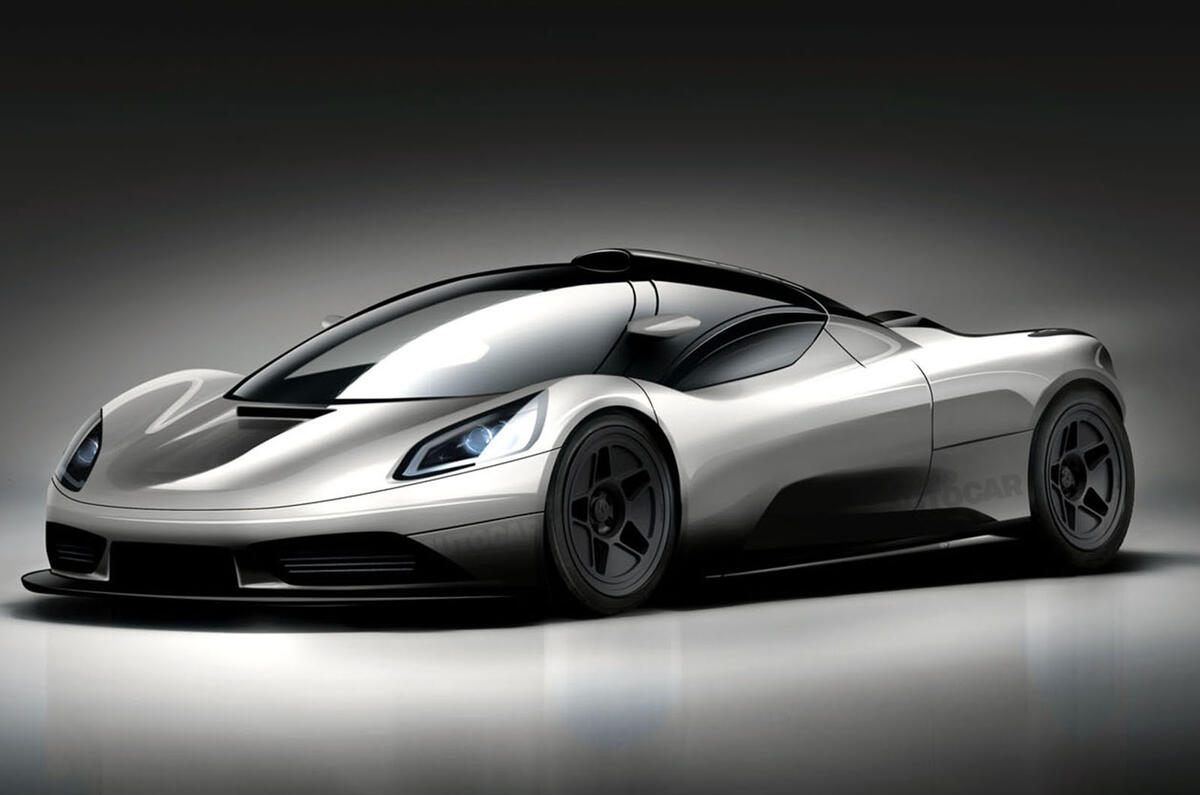

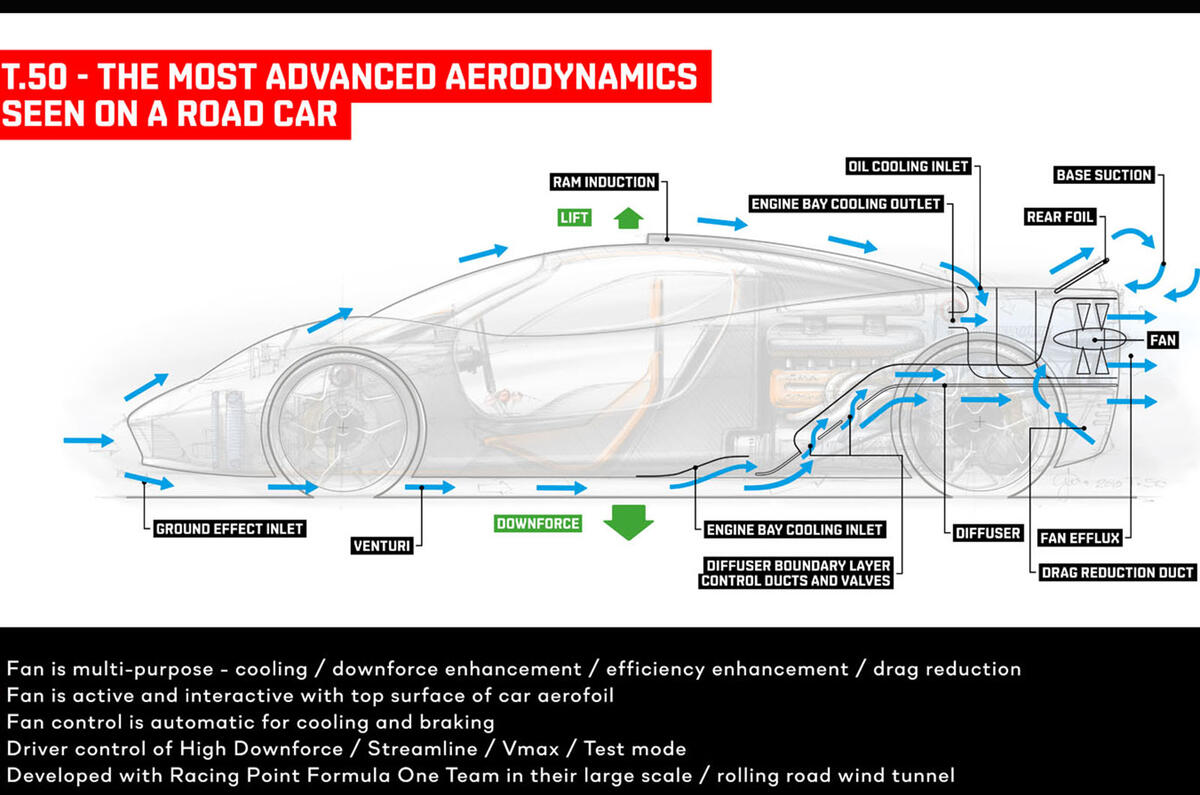

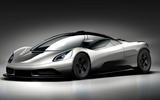

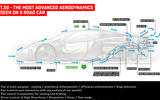

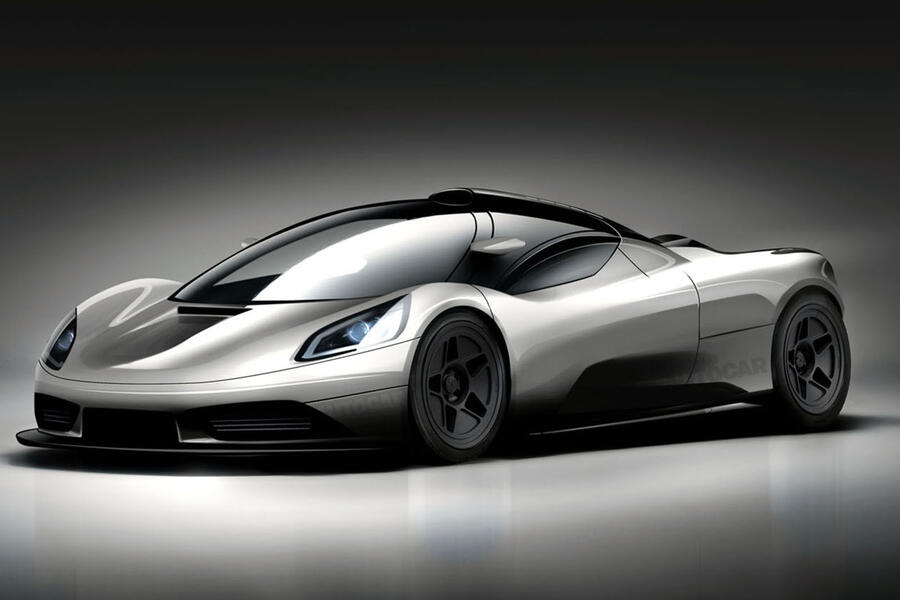
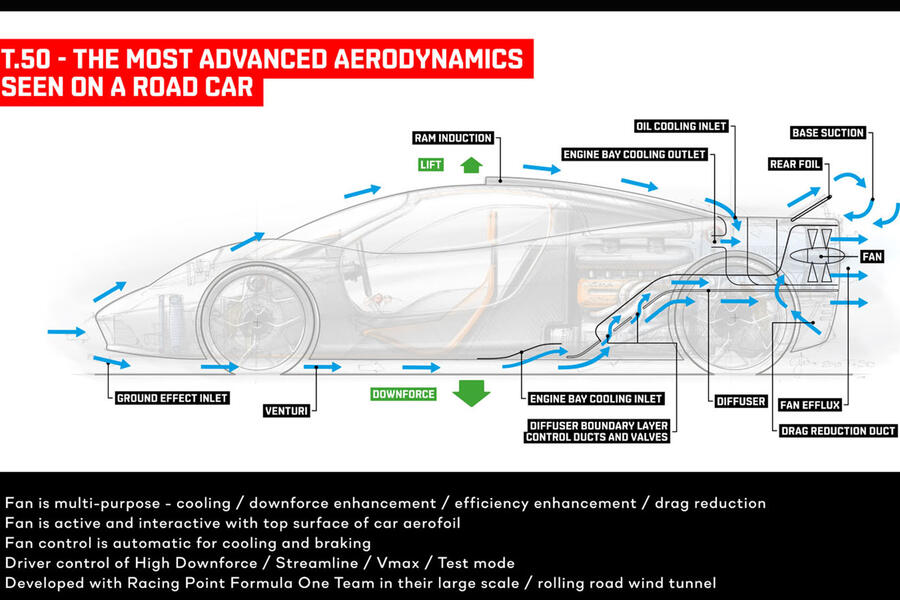





Join the debate
Add your comment
Even Baldrick wouldn't put a fan on the back!
It's another Murray fantasy and why does it have so little torque? He's just decided to reference his Brabham fan car from back in the day. Does this car have skirts? How will it work otherwise? How will skirts work on a bumpy road?
As if safety legislation will permit an exposed fan like that at the back of a car blowing debris everywhere, and it will soon clog up with dirt. Just ask Volvo Bus about the problems with their side rear mounted, hidden away fans from a few years ago.
I hope this virus does not kill this project
It is so left field and sounds so good. Carries on the mantra of just add lightness.
Fingers crossed.
Nice to talk about something positive in these times.
Typical.
Yes, another great car by Mr Murray, but, will it ever see the main road, his other bit of brilliance,as far as I know, didn't.
Peter Cavellini wrote:
Why wouldn't it? He offered istream, but this is his own baby. Point fingers at TVR first - who cannot trace a leaking factory roof.
I doubt Murray could be that stupid.